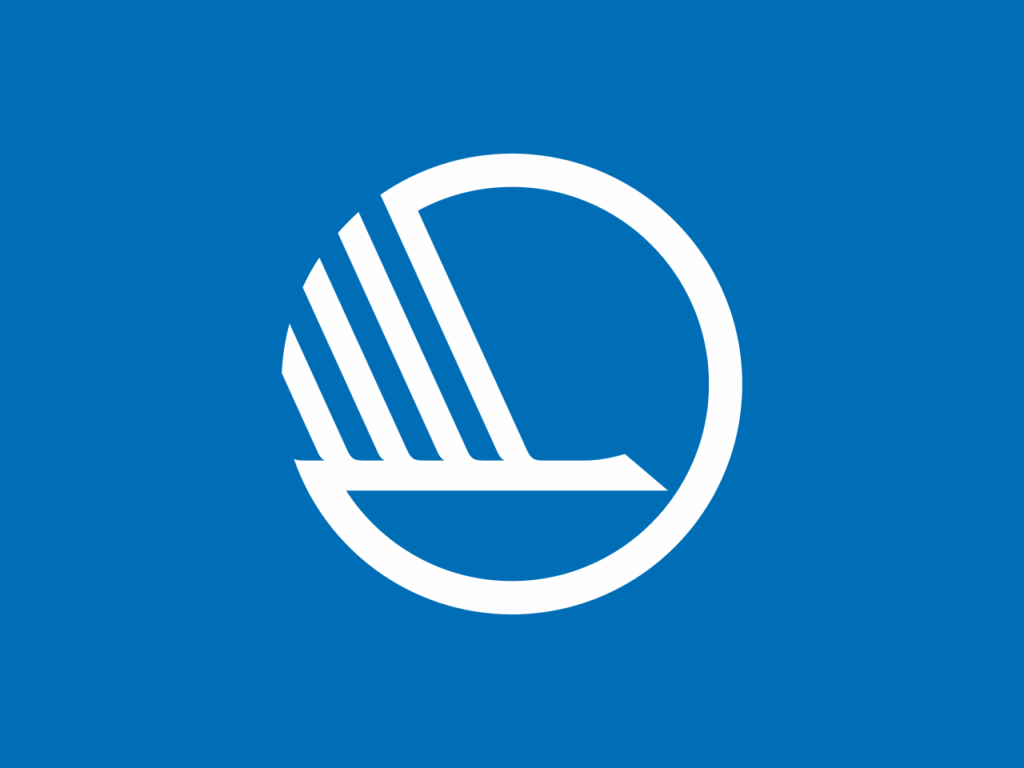
Flag of the Nordic Council
The Nordic Council was founded on 16 March 1952 to promote cooperation among the Nordic countries: Denmark, Finland, Iceland, Norway, and Sweden, along with the autonomous territories of Greenland, the Faroe Islands, and Åland. Nordic cooperation has roots in the 19th century, after World War II the idea of cooperation grew stronger. Shared history and values helped lead to the Council’s formation and early steps like easing border controls and aligning laws.
Who are the Members of the Nordic Council?
| Countries | Flag | Autonomous Regions | Flag |
|---|---|---|---|
| Denmark | 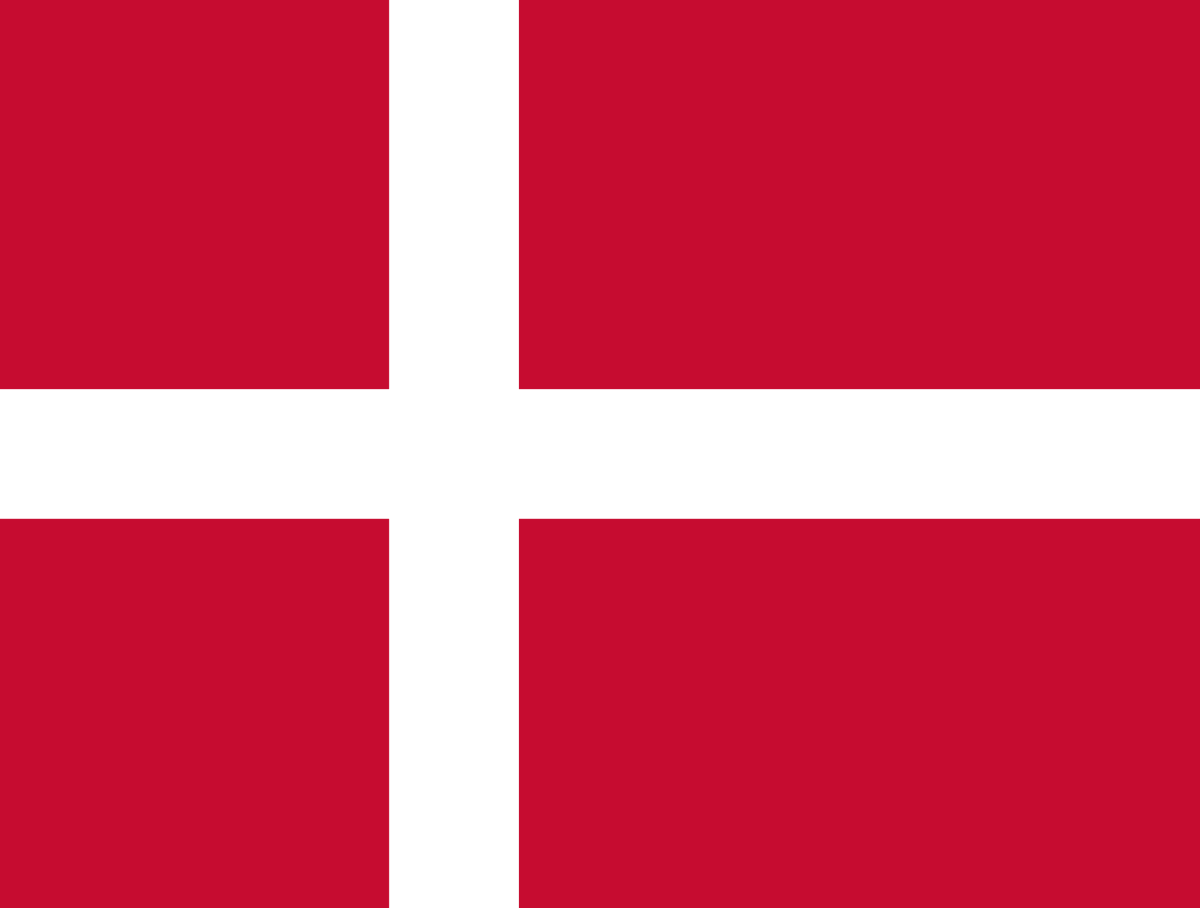 | Greenland (Denmark) | 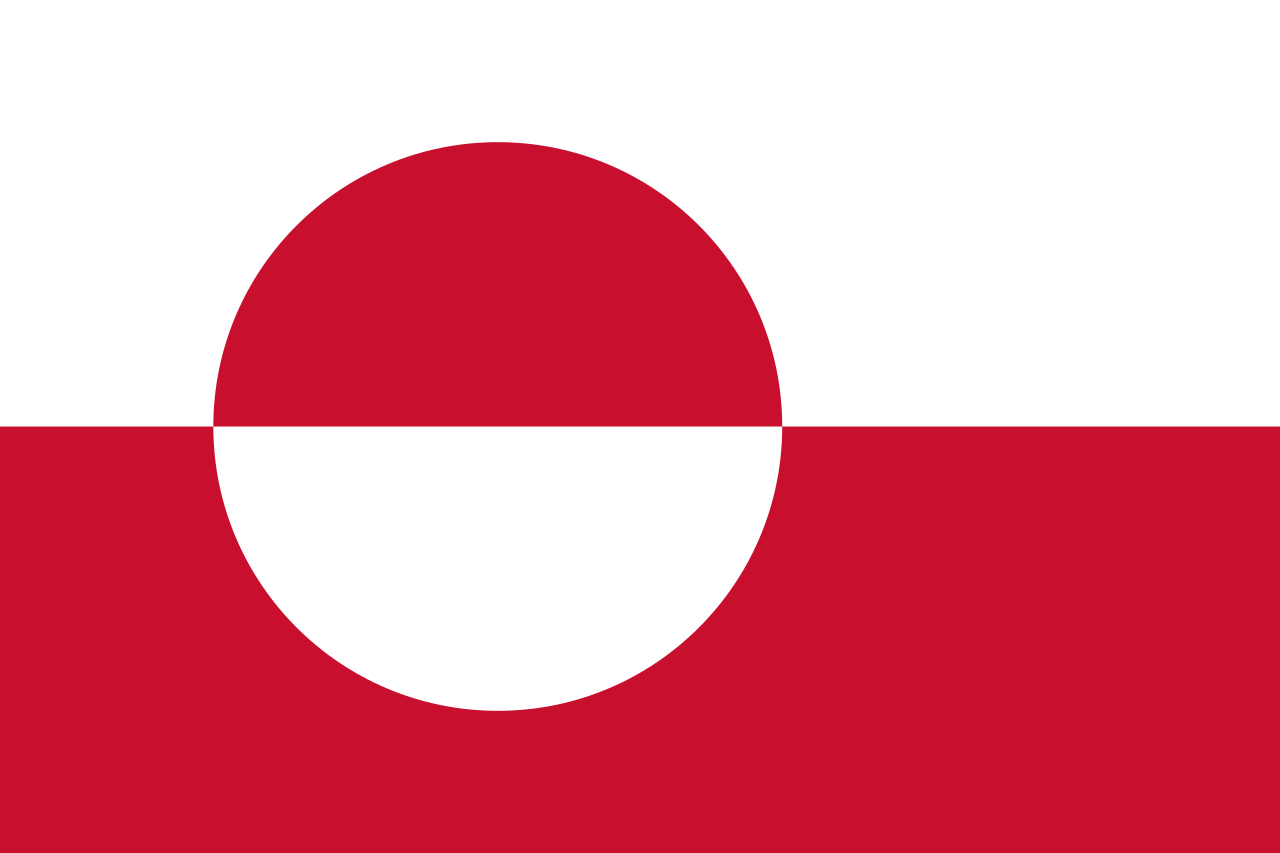 |
| Finland | 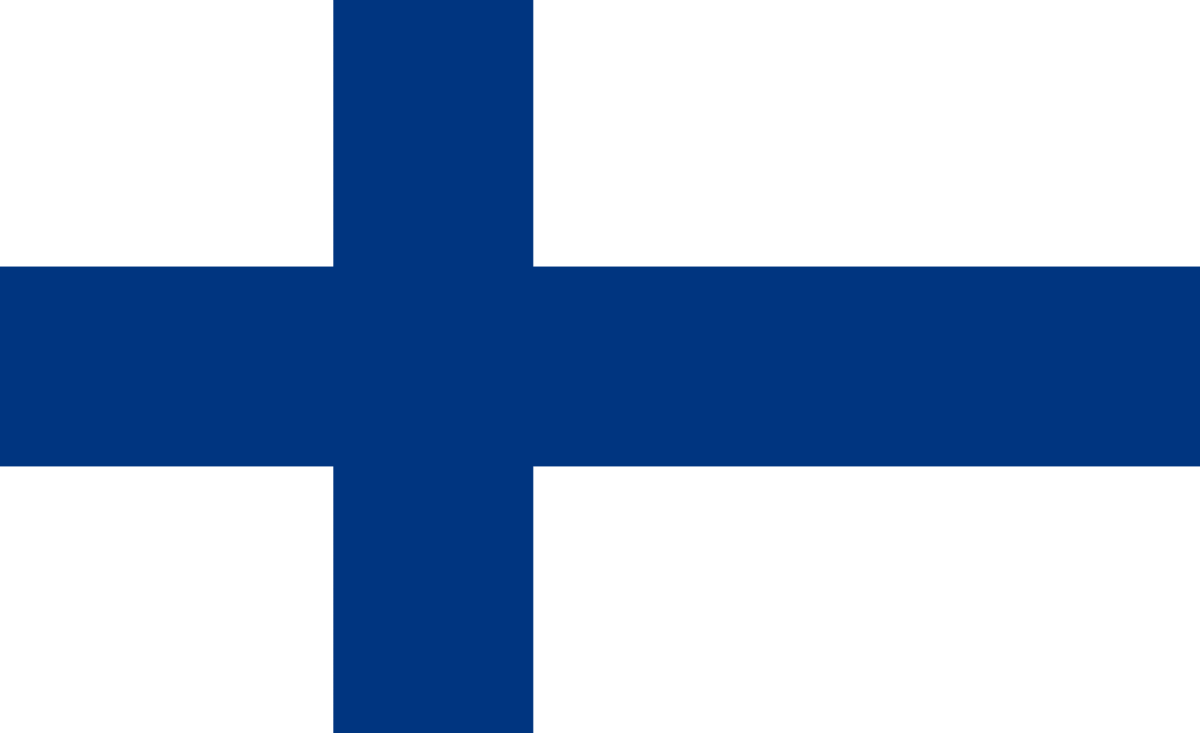 | Faroe Islands (Denmark) | 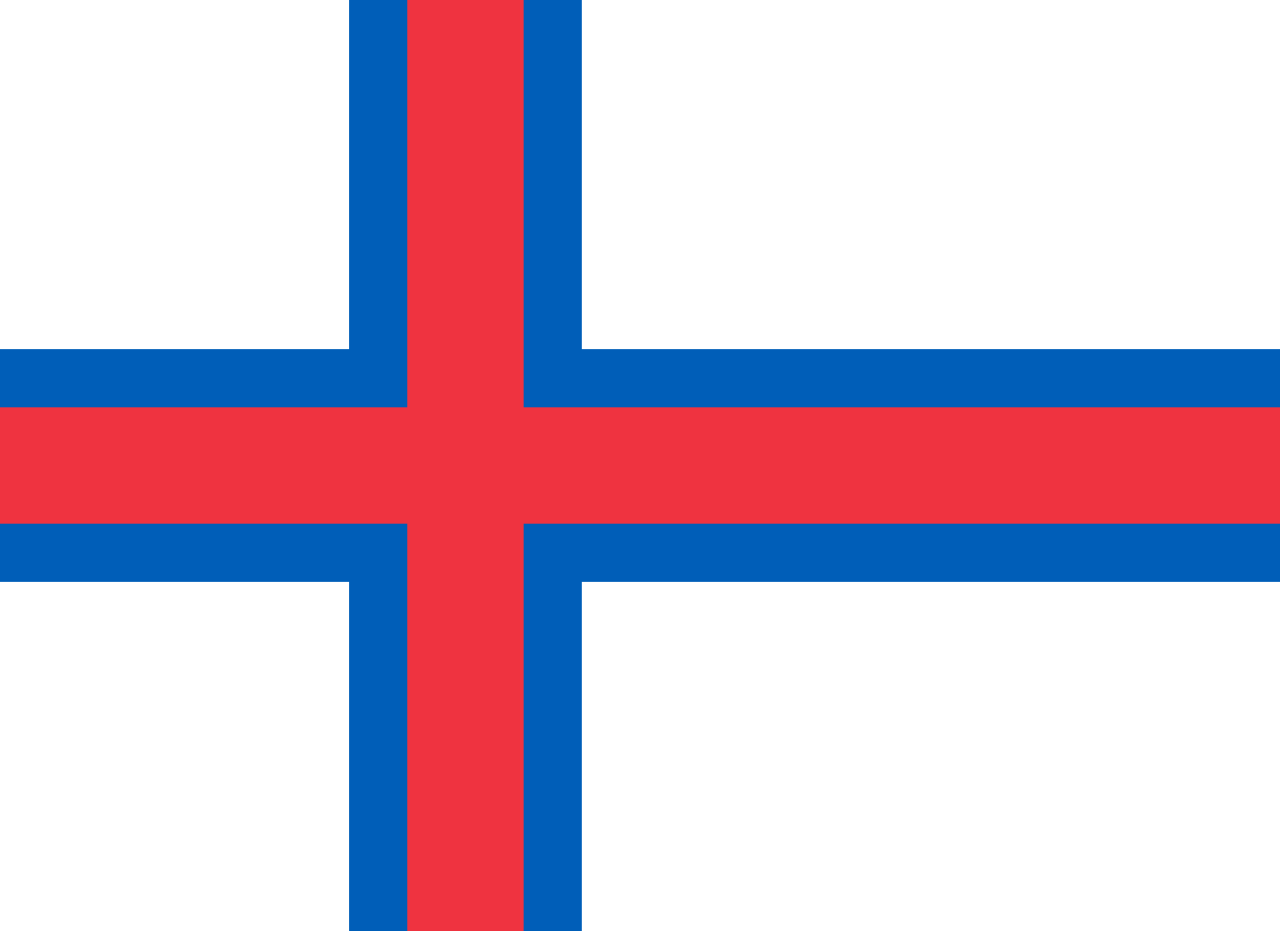 |
| Iceland | 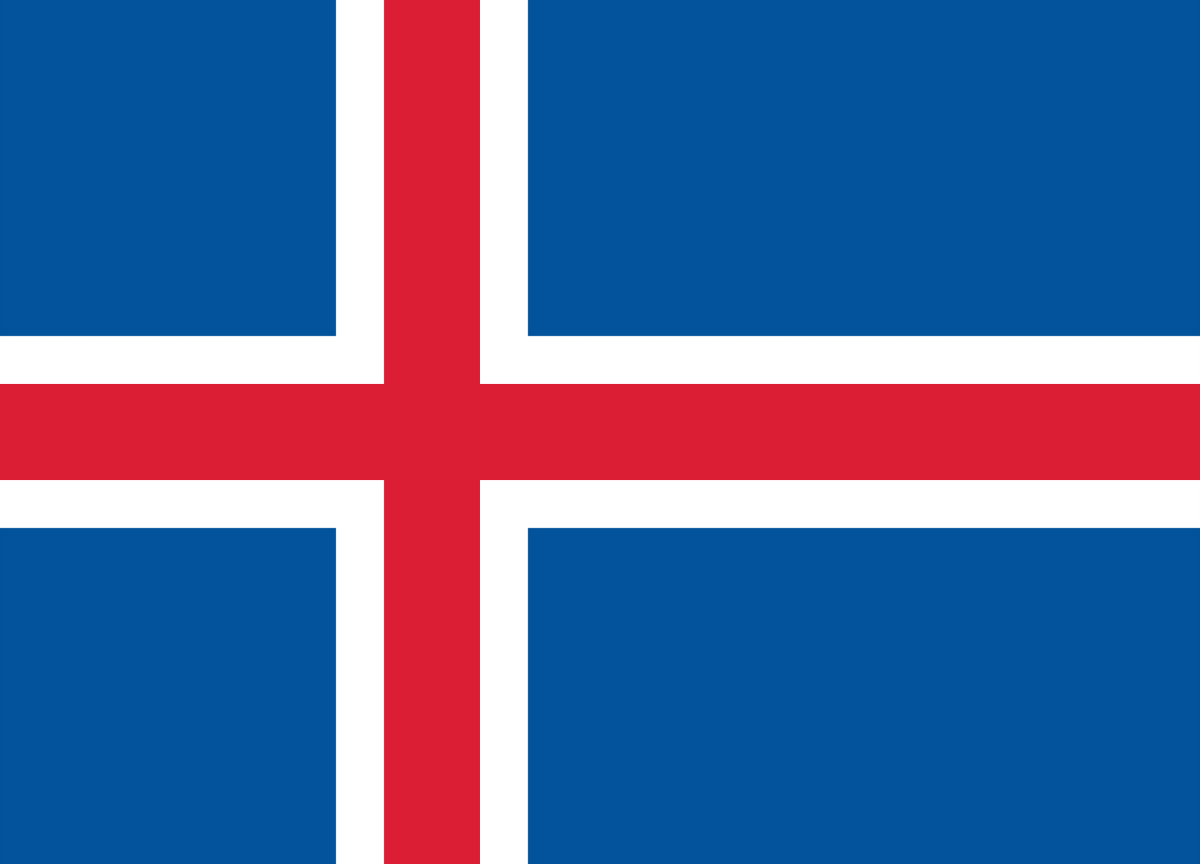 | Åland (Finland) | 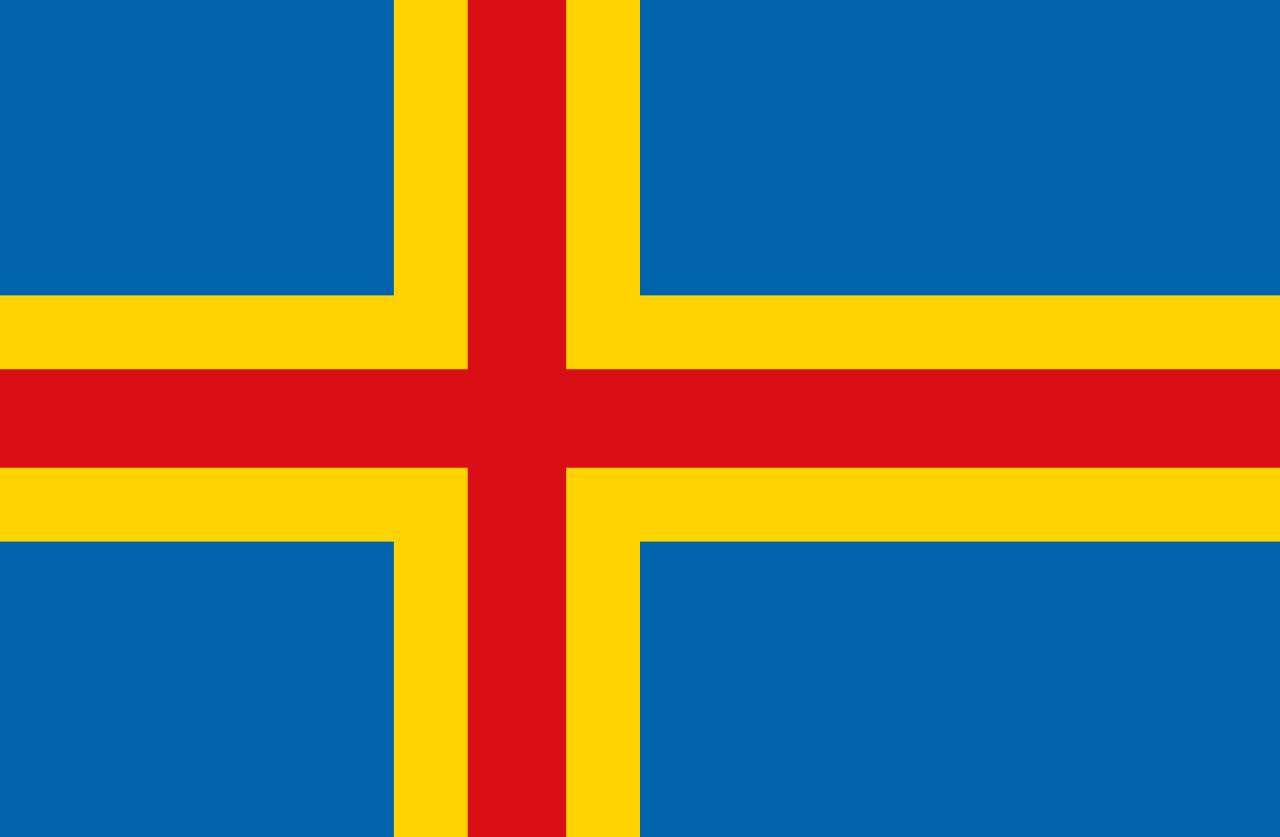 |
| Norway |  | ||
| Sweden | 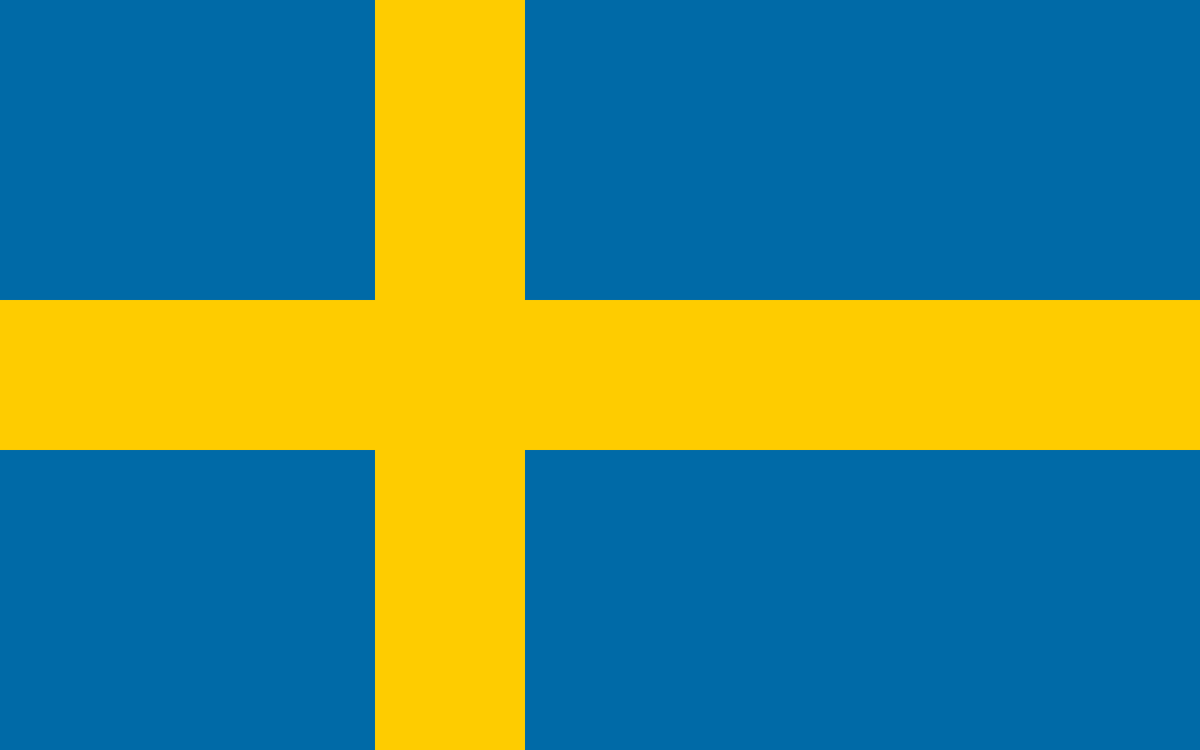 |
What does the Nordic Council do?
Headquartered in Copenhagen, the Council has 87 elected members. The world’s oldest regional partnership aims for the Nordic region to become the most sustainable and integrated region in the world by 2030.
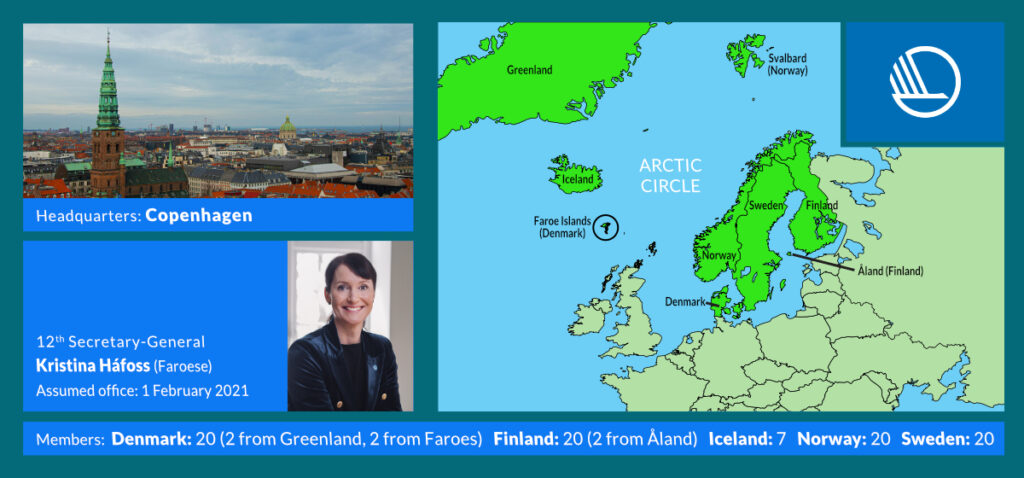
The flag of the Nordic Council was originally adopted in 1984, with the design updated in 2016. The design features a stylized white swan in a white circle on a blue field. The swan symbolizes trust, integrity, and freedom.
For more information including Population, Area, Currency and Country Shape see our guide books: Flags & Countries of The World or Flags & Countries of The World Pocket Reference Guide
https://commons.wikimedia.org/wiki/File:Kristina_H%C3%A1foss.jpg by Hildurhafoss is licensed under the Creative Commons Attribution-Share Alike 4.0 International license.
